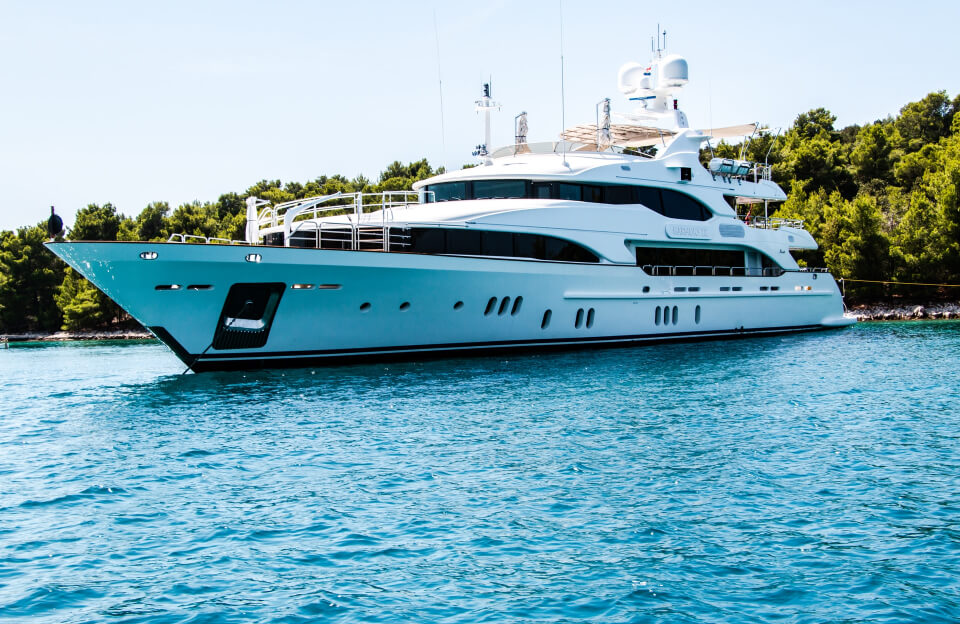How Ships Make the Trade: The Lifeline of Global Commerce Through the Seas
From Ancient Routes to Modern Ports, and the Perils Beyond the Horizon
The Ocean Highway: How Ships Power Global Trade
Over 90% of global trade is carried by sea, making shipping the backbone of the modern economy. From crude oil and grains to electronics and vehicles, the world’s goods flow through a vast network of shipping lines, container terminals, and strategic sea routes.
Behind every product on a supermarket shelf lies a journey — often weeks long — across oceans, managed by shipping lines like Maersk, MSC, CMA CGM, and COSCO. These companies operate thousands of vessels across fixed schedules (called liner shipping) or on-demand (tramp shipping).
Shipping Lines and Routes: The Circulatory System of Trade
Shipping lines operate fixed global trade routes, linking key ports like:
- Shanghai – Rotterdam – New York (East Asia to Europe & U.S.)
- Mumbai – Dubai – Durban (South Asia to Middle East and Africa)
- Singapore – Los Angeles – Panama – Santiago (Transpacific to South America)
These routes are determined by:
- Supply and demand
- Geopolitical relations
- Natural chokepoints (like the Suez Canal or Strait of Malacca)
- Fuel and labor costs
Ships follow a tightly scheduled journey, often spanning multiple continents, coordinating with port authorities, customs agencies, and freight forwarders.
Before the Canals: Brave Voyages and Longer Routes
Before canals like Suez (1869) and Panama (1914), maritime trade relied on long, treacherous passages:
- Ships had to round Cape of Good Hope (Africa) or Cape Horn (South America)
- Voyages were longer by weeks or even months
- Navigation depended on stars, compasses, and sheer human endurance
These early trades were limited to spices, silk, gold, and salt — high-value goods that could justify the risks of long-distance maritime travel.
Controlling the Canals: Strategic Chokepoints of the 21st Century
Modern trade heavily depends on man-made canals:
- Suez Canal (Egypt): Links the Red Sea and Mediterranean — shortcut between Europe and Asia
- Panama Canal (Central America): Connects the Atlantic and Pacific — critical for U.S. trade
- Kiel Canal (Germany) and Strait of Hormuz (Middle East): vital for Europe and oil exports
Who controls these routes holds leverage over global trade. Recent blockages like the Ever Given incident in 2021 at Suez show how a single ship can halt billions in commerce.
Additionally, China’s Belt & Road Initiative and port acquisitions from Sri Lanka to Greece have raised concerns about trade route dominance in the coming decades.
The Port Ecosystem: Beyond the Sea
Ports are more than docking zones — they are economic ecosystems:
- Warehouses and logistics hubs
- Crane operators, customs agents, and maritime engineers
- Ship repair yards and fuel bunkering stations
- Road and rail integration to inland markets
Ports like Singapore, Rotterdam, and Shanghai are almost self-contained cities that move millions of containers each year and employ thousands of workers.
Maritime Achievements: When Cargo Changed the World
Several milestones have transformed maritime logistics:
- Containerization (1956): Standard-sized containers revolutionized shipping by cutting time and costs
- Supermax Ships: Like the Triple-E class vessels, which carry 18,000+ containers
- LNG Tankers & Oil Supercarriers: Ensured energy supply to every corner of the planet
- Reefer Containers: Enabled global trade in perishables like fruits, vaccines, and seafood
Without cargo shipping, globalization as we know it — with just-in-time manufacturing and global supply chains — would collapse.
Risks Beyond the Sea: The Harsh Reality of Maritime Trade
Despite its size and importance, maritime trade is not without danger:
1. Piracy
- Somali coast, Strait of Malacca, and West Africa’s Gulf of Guinea are hotspots
- Armed piracy, hijackings, and ransom threats still occur
- Naval patrols and private security are now common on high-risk routes
2. Climate Hazards
- Ships face monsoons, typhoons, rogue waves, and icebergs
- Climate change increases unpredictability of sea routes
- Rising sea levels are already affecting low-lying ports
3. Accidents and Spills
- MV Wakashio (2020) oil spill off Mauritius
- Costa Concordia disaster (2012) off Italy
- Port explosions, onboard fires, and collisions are frequent
4. Environmental Burden
- Marine pollution from oil, ballast water, and plastics
- Carbon emissions from fuel-intensive cargo ships
- Damage to fragile ecosystems from port construction and dredging
International agencies like IMO (International Maritime Organization) now enforce:
- Emission reduction goals
- Double-hulled tankers
- Ballast water treatment
- Waste disposal protocols
The Trade War Effect: Zoned, Tensed, and Costly
Modern maritime trade is no longer free-flowing. Trade wars, sanctions, and geopolitics now heavily influence shipping:
- China–U.S. tensions have shifted routes and pricing
- Russia’s war in Ukraine has rerouted oil and grain trade
- Export bans (e.g., rare earths, semiconductors) create new shipping “zones” based on political alliances
These tensions cause:
- Freight rate volatility
- Customs delays
- Over-regulation for strategic goods
Developing countries face a hard choice: align politically, or lose access to certain shipping lanes and trade blocs.
Final Thought: Ships Built the World — and Still Do
From ancient Phoenician traders to modern smart containers tracked by satellite, sea trade has always defined human progress. Ships bring food, fuel, medicine, and technology — quietly, day and night, across volatile seas.
As ports evolve into tech-driven, green shipping hubs and nations compete for maritime dominance, the next frontier lies in:
- Autonomous cargo ships
- Zero-emission fuels like hydrogen and ammonia
- Digitized port logistics using AI and blockchain
But behind every breakthrough is the same timeless truth:
The ocean connects us all. And every ship carries not just goods — but the future.



